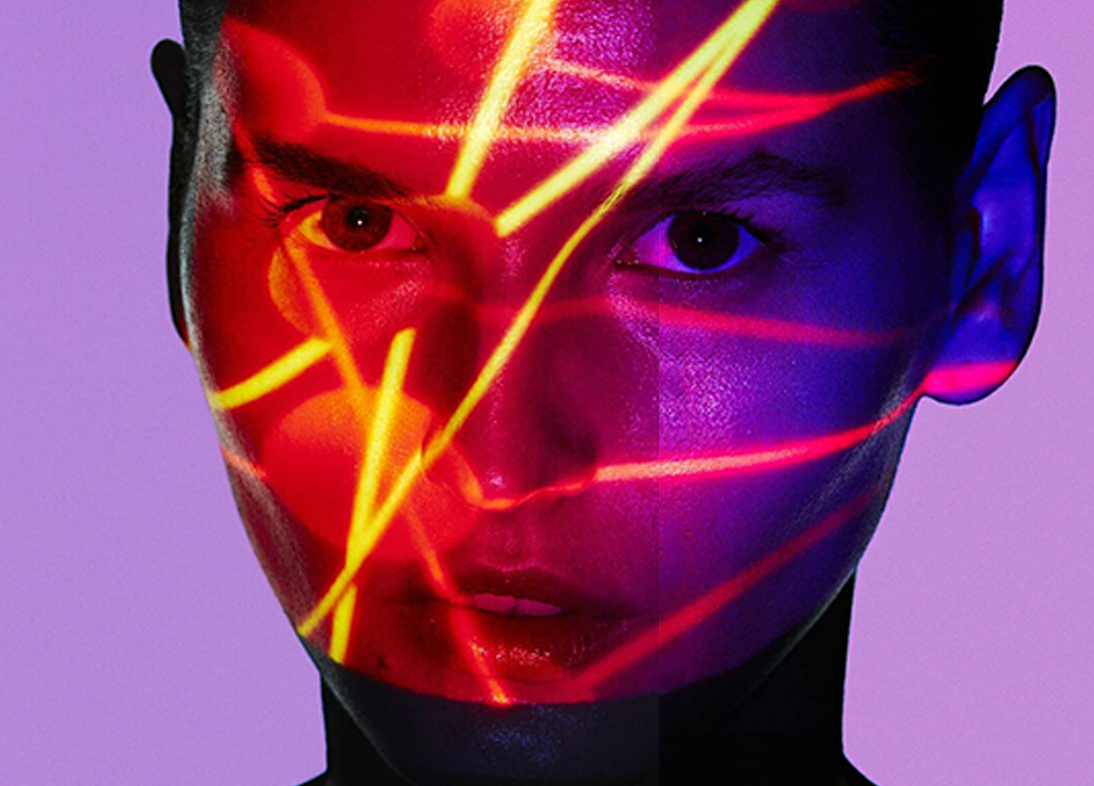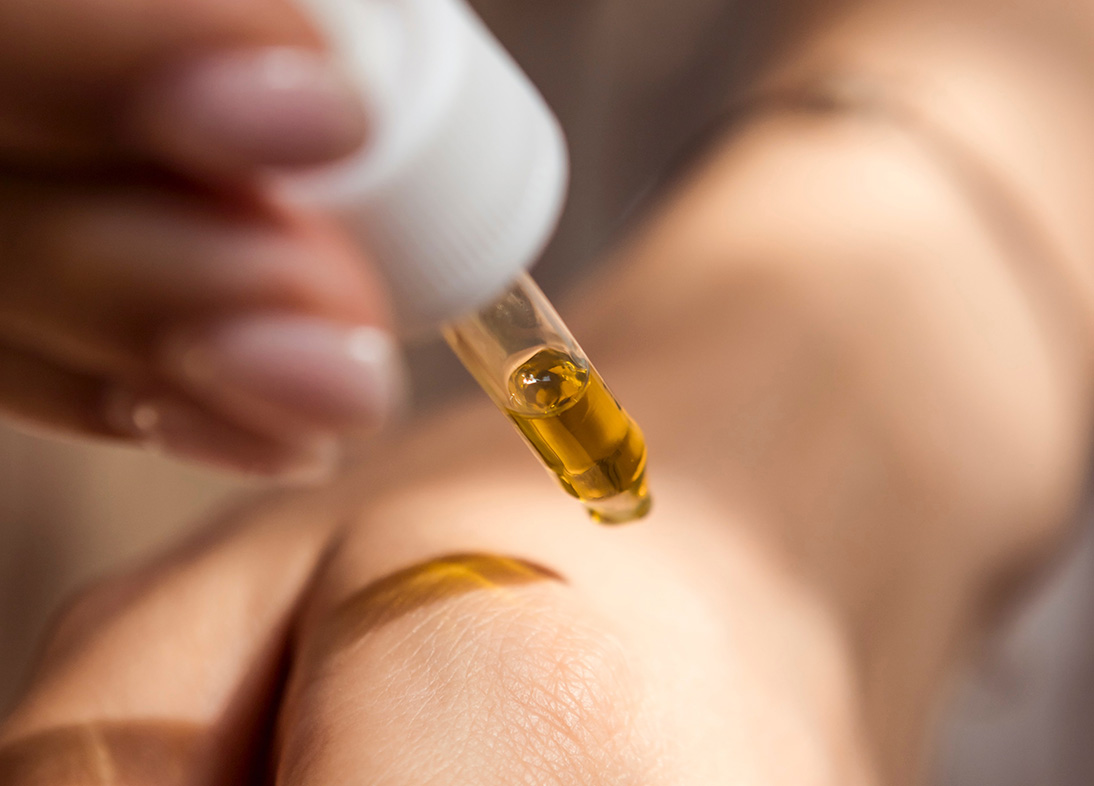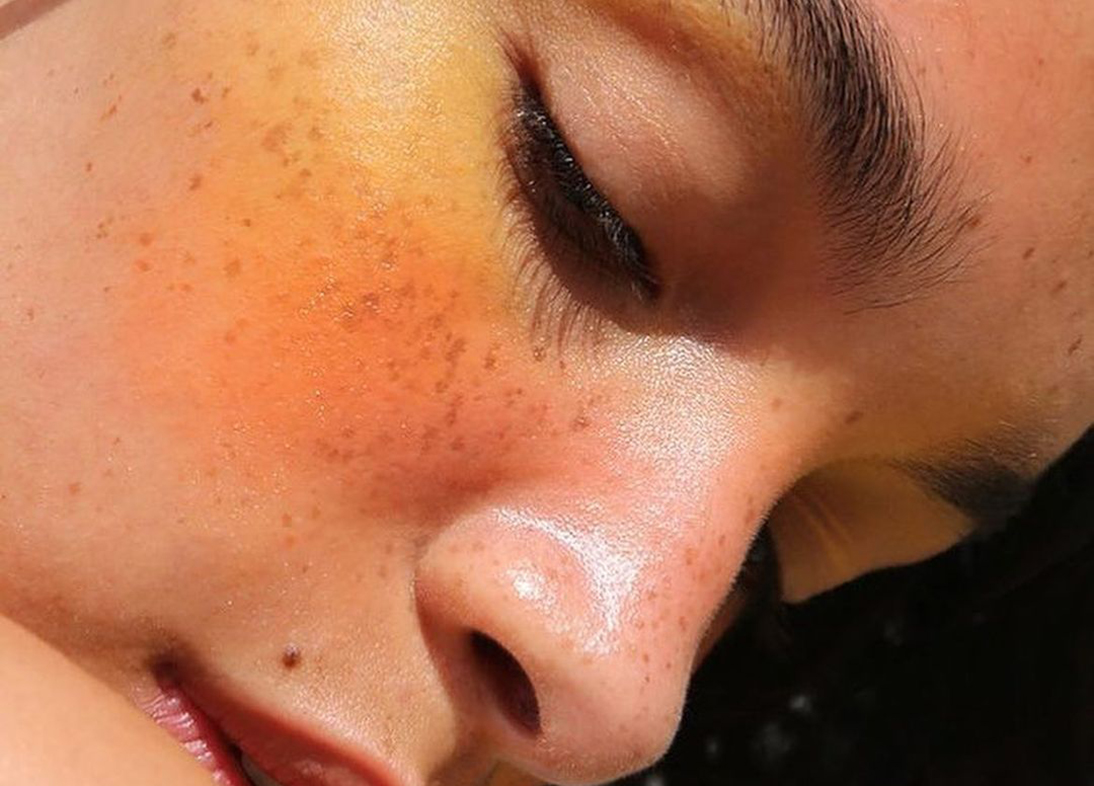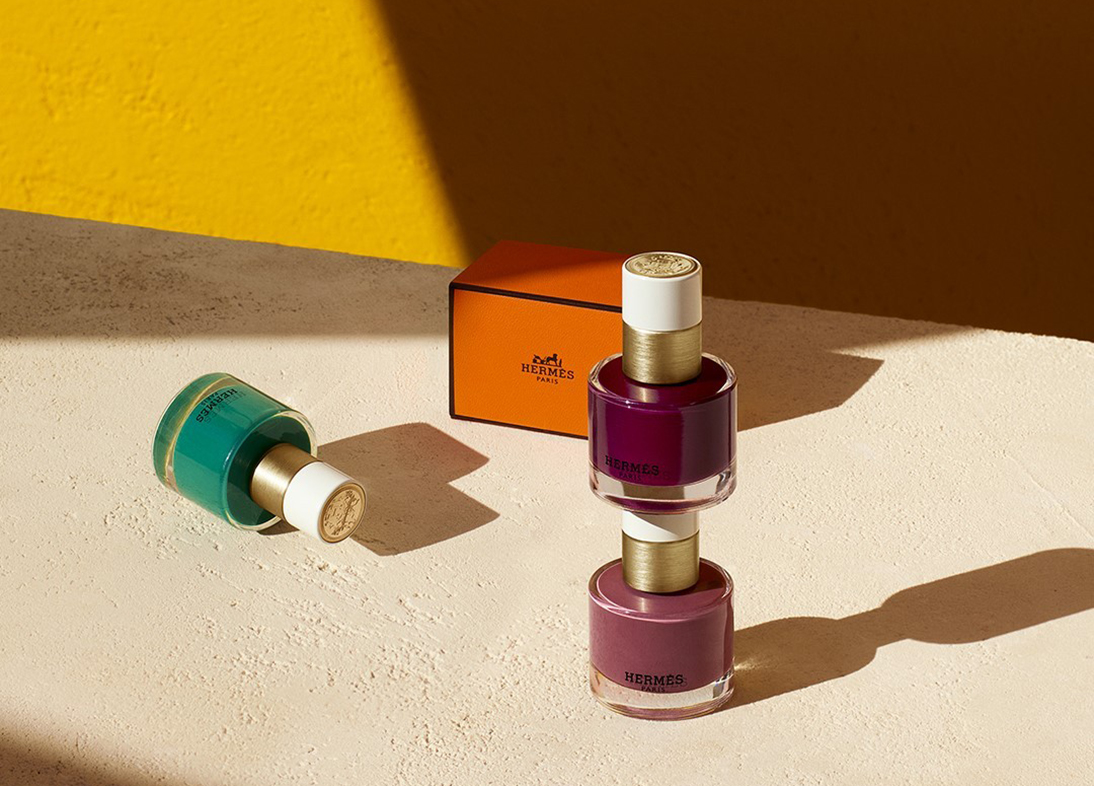RECOMMENDED
The unfortunate truth about acne lies in its unpredictable nature. Many of us grew up believing that pimples were a part and parcel of being a hormonal teenager. As it turns out, however, these little facial volcanoes are much more nefarious by nature — where adult acne can kick in at any point and often without warning. Topical treatments aside, there proves a bevy of other solutions, particularly in the laser front that has become a hit in dermatology offices around the globe. We unpack it all, below.
What type of lasers are we talking about, and how do they work?
Forget those nifty laser pointers that we used to play around with in school. There are three main types of lasers used when treating acne and each of them has different effects on one’s complexion.
1. Coloured-light lasers
This particular type of laser can come in many colours – blue, red, and yellow are the most popular ones. Blue light aids by killing acne-causing bacteria while red light helps to stimulate collagen production and speed up the healing process. Yellow light does both. Such lasers can be paired with radiofrequency microneedling to enhance the effectiveness of the lasers by allowing the light waves to penetrate deeper into the epidermis.
2. Pulsed lasers
For those experiencing heavy scarring, this laser might be something of interest. Pulsed dye lasers emit a certain wavelength of light that is absorbed by our blood, which then stimulates collagen production and promotes skin cell renewal that is great for diminishing scars. Pico lasers work in a similar way to treat inflammation. However, many studies do not show consistent results when using these lasers for acne reduction – it worked wonders on some subjects, but not for others.
3. Fractional lasers
Last but not least, fractional lasers work by sending and dispersing light rays deep within the epidermis and dermis of the skin in columns. It signals our skin to develop more collagen and smoothens out depressions left by a zit as well. Those with open wounds and severe acne breakouts should avoid this treatment due to the intensity.
What are the side effects?
Just like any facial treatment, we can expect a few cons amongst the pros. Common side effects include redness and swelling, especially those with rosacea. Pulsed dye lasers might also cause uncomfortable bruising that lasts for days or weeks.
In rare cases, these light treatments might worsen acne and hyperpigmentation. Fractional lasers may lead to additional scarring or permanent discoloration if it is handled too aggressively on the skin.
With that said, laser treatments have yielded many positive and long-lasting results within one to three months of repeated sessions by a trusted and experienced dermatologist. Plus, it can be considered a fuss-free option compared to oral or steroid medications such as Accutane, which has a bigger list of side effects.
What does the aftercare entail?
Sunscreen. Sunscreen. Sunscreen. It bears repeating. These lasers are strong stuff and they will leave our faces feeling sensitive, which is why we need to protect them from UV rays to prevent further complications in the form of sun damage. Adopting a gentler and less complicated skincare regime will also speed up the recovery process. As always, seek the professional opinion of your doctor before and after laser treatments – they’ll have a better grasp of what your skin requires.
ADVERTISEMENT. CONTINUE READING BELOW





